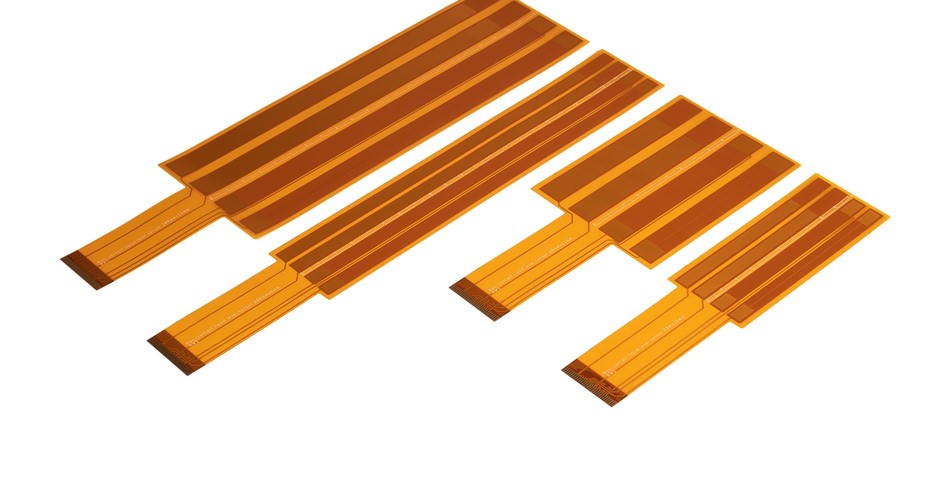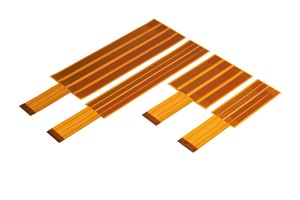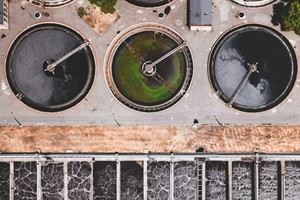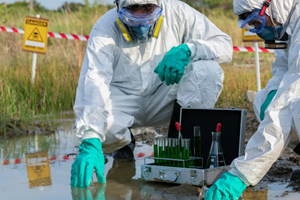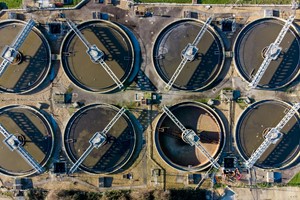Current solutions are lacking accuracy or longevity
Industrial water softener systems involve the precise dispensing of brine, created by adding tap water to salt tablets. The machine requires precise dispensing of brine, and can be significantly damaged by anomalous performance, such as pumping fresh water instead of brine. Checking effective salt level usage is therefore vital despite most systems depending on manual inspection. Furthermore, current liquid measuring techniques struggle to differentiate between brine and freshwater. More reliable methods of contact measuring techniques are however subject to significant corrosion and frequent replacement. A solution that is non-contact and able to differentiate between salt tablets, fresh water and brine is required.
Market Opportunity
- Around 85% of the US and 60% of the UK water supply is classed as hard water.
- Limescale costs the US industry billions of dollars a year to control and remove the limescale that builds up in industrial equipment.
- The global water softeners market is worth $10.3 billion and is predicted to grow to $13.6 billion by 2028 with a CAGR of 4.1%.
Global water consumption is predicted to rise by 20-30% by 2050
A rapid growth in water consumption is predicted due to industry demand, population growth and dietary habits which will only support the need for water softening systems. From a health perspective, it is becoming more well known that the consumption of water with high levels of magnesium, as found in hard water, can cause health issues. This has especially increased demand for residential consumers.
Besides this, the industrial segment dominated the market in 2020 with industries such as food and beverage, manufacturing, chemicals and pharmaceutical becoming more dependent on water softening systems. Water softening is integral for these industries as hard water accelerates limescale formation which is reported to reduce the lifespan of equipment by up to 50%. The industrial sector is also realizing the added efficiencies with soft water such as how better-quality water produces better quality products or how soft water can reduce the number of other products needed (e.g., cleaning agents).
Looking at the types of water softening systems, salt-based (as opposed to salt-free systems) have the larger revenue share as they are lower-cost and have high efficiencies. Currently, North America has the largest share in the water softening market at 32% (2020). This has been fueled by the growing industrial sector and the increased number of incidents from water-borne diseases. Asia Pacific has the next largest market share followed by Europe.
The problem: Wrong salt concentrations lead to ineffective machinery and wasted product
A water softening system depends on precise amounts of brine at the right concentration to regenerate the main ion exchange filter. If the salt concentration is not at the right level, this can hinder or worse break the water softener and the serious impacts of limescale will ensue. Limescale not only reduces a machine’s service life but can increase a factory’s energy bill by up to 29%. Furthermore, long-term build-up of limescale can cause corrosion, harmful bacteria and damage to essential parts such as safety valves. Checking the salt level is also essential as the water softening system may occasionally cause malfunctions such as salt bridging or too long/short regeneration cycles. Although these issues are elementary to fix, they must be detected in the first place.
Monitoring a brine tank’s operation is therefore crucial, yet most systems employ very manual inspection techniques like using a clipboard and stopwatch to record salt levels or probing the brine with handheld devices after the salt has been mixed. These methods are expensive and if not carried out regularly can overlook important issues.
This is why installed sensors are becoming an attractive option. Capacitance sensors can be placed inside a brine tank to measure the level and presence of material. However, as the sensor is directly in contact with brine and salt tablets, this can, over time, degrade the sensor. Ultrasonic and radar sensors can be placed at the top of a brine tank to track liquids and bulk materials. These overcome the need to be in contact with the harsh environment but can be unreliable when in vapor or in dusty conditions. Furthermore, these sensors need to be fitted in a tank’s interior which makes it difficult for installation and maintenance.
Even though these mentioned sensors can detect the level and presence of materials, knowing whether a liquid is freshwater or brine is not currently catered for. Distinguishing between these liquids would greatly benefit this system to ensure only the right concentrations of brine are passed on.
LAIIER’s solution: A non-contact, easy to install sensor
An effective method of maintaining correct salt levels and brine concentrations in water softening systems is needed. LAIIER addresses this gap with a non-contact capacitive sensor that can be applied like a sticker on the outside of a brine tank, making it easy to retrofit existing systems. LAIIER’s IoT sensor can infer the exact level of salt and additionally differentiate these salt tablets between freshwater and brine. This data can then be effectively communicated via our Surface to Cloud™ platform to alert facility managers of any issues. Measuring salt use from the source rather than at a later processing stage will catch issues earlier reducing defective products and machine downtime. Proper management of the brine tank will also allow for all the benefits of water softening to occur such as extended service life, reduced maintenance and lower energy consumption.



